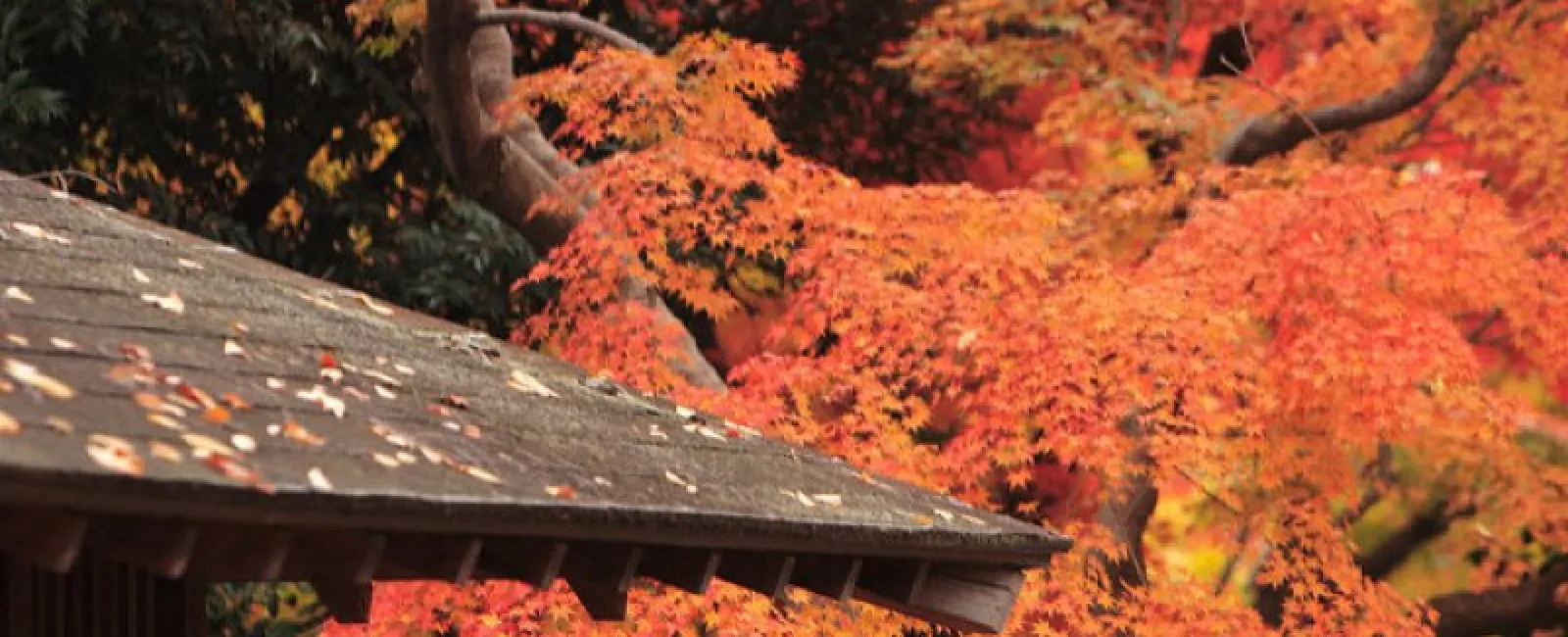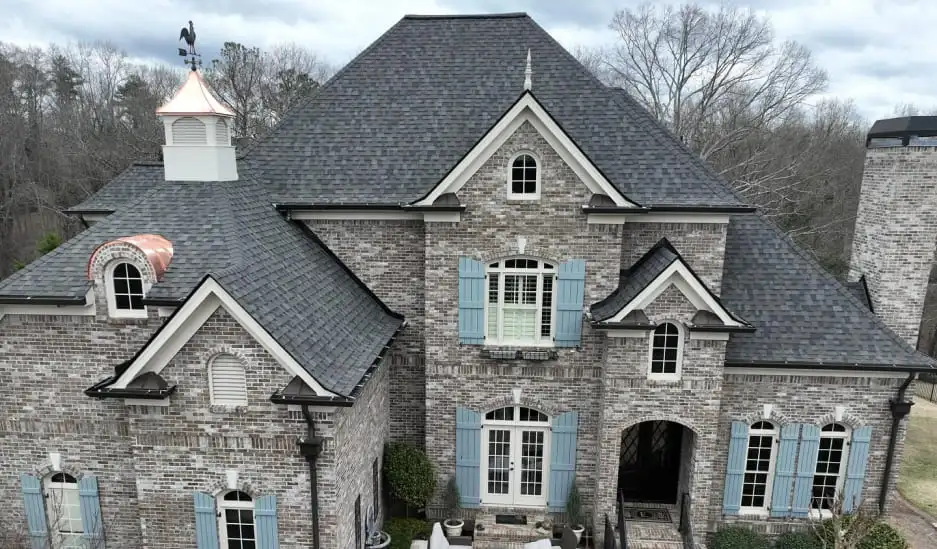Are you planting new trees or thinking about what to do with an old tree? Consider how trees affect your home first! Here are several things to keep in mind:
Tree limbs and roof damage
There are two reasons to avoid planting a tree too close to your house – fire hazard and property damage. The first issue is fairly obvious, but let’s talk about the second problem: A nearby tree is almost always bad for your roof. It may look beautiful, but it can still cause roof damage.
Dead tree limbs are a common cause of roof damage, because when storms hit, they can fall or whip through the air and crack shingles or tiles. If you see damage like this, contact Findlay roofing for a quick fix before leaks develop.
However, even healthy tree limbs can damage your roof, gutters and siding if the tree is planted too close to the house. When new homeowners plant a sapling without thinking ahead, it ends up growing against the house in a few years, a very common mistake. Planting a tree takes careful planning, as well understanding how large that tree will grow.
If you already have a nearby tree, it’s important to always 1) remove any dead or dying branches and 2) remove any branches that overhang or touch your house.
Squirrels and large pests
Squirrels are bad for rooftops, and they love a nearby tree. A tree is like a highway for squirrels, and even branches several feet away can serve as launchpads that give squirrels free access to your roof. Other large pests, like raccoon, may also enjoy these branches – another reason why branches should be trimmed away from the house.
Bugs and small pests
Bugs love a good tree, especially a deciduous tree. This is a particular problem for Georgia, where the climate favors pests like box elder bugs. Some of these pests cause home damage, some cause tree damage and some are just annoying. All of them are good reasons to keep branches away from your home and to choose trees that are naturally resistant to local pests.
Leaves and debris
All plants create debris – even most evergreens – will drop piles of needles as they grow. The leaves, dirt, pollen and needles all add up, clogging gutters, trapping moisture against your roof, and encouraging the growth of moss and mildew. Choose new trees that don’t shed as much, and – once again – keep old tree branches away from your roof.
Trees aren’t permanent
Trees may feel like a permanent fixture, but they aren’t. Sometimes you need to get rid of them via a professional tree removal service. An obvious example is when the tree is hollow or dying out, but there are many good reasons to remove a tree from your yard when it becomes a problem. Don’t be afraid to face the expense and say goodbye.
When it comes to maintaining trees around your house, a little preventative planning and trimming can make all the difference. If you think before you plant, make tree-trimming part of your seasonal maintenance and keep an eye on the overall health of all the trees in your yard, your roof will thank you for it.





